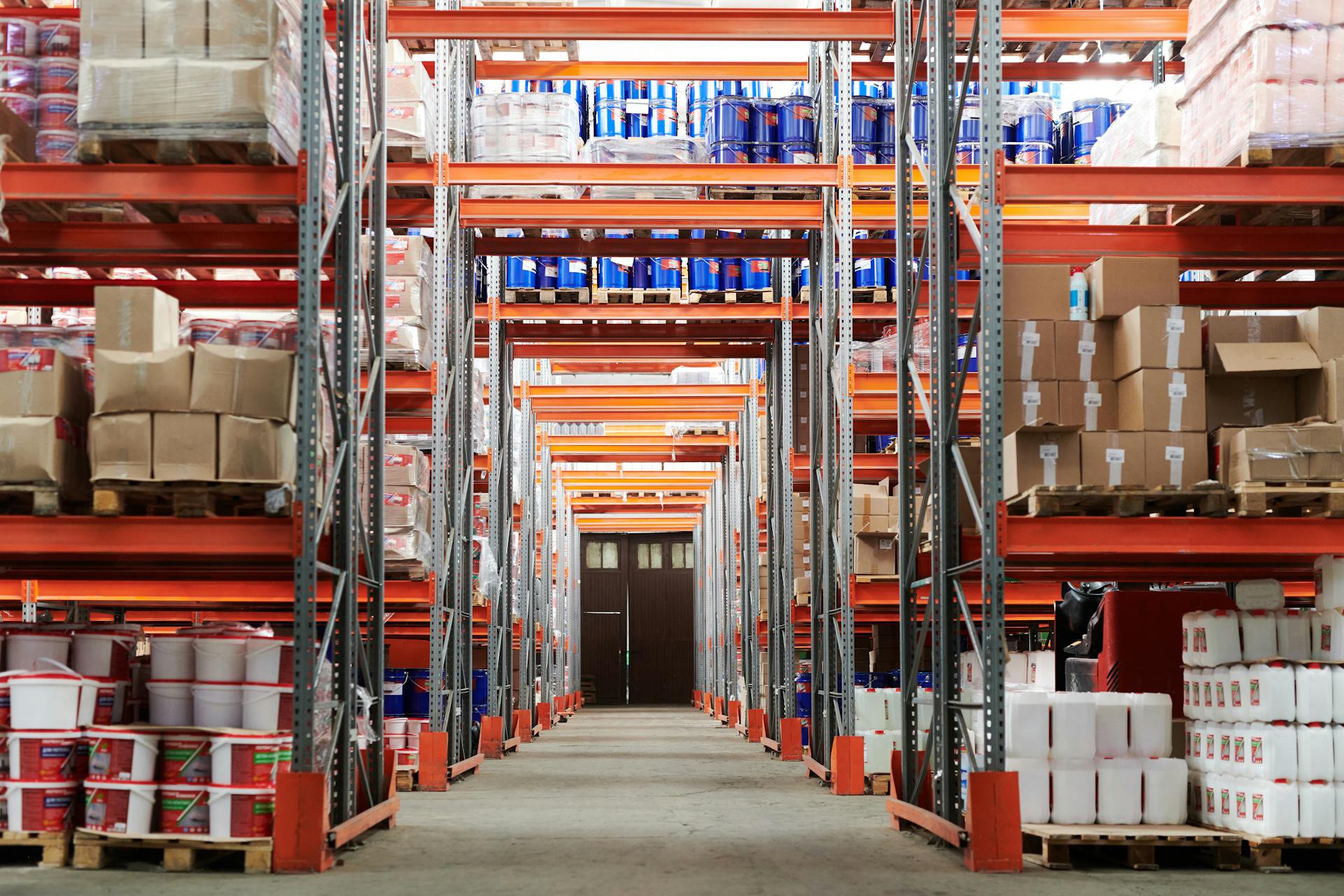
The effectiveness of logistic picking machines
by Ousmane
Logistics and warehousing are at the core of modern supply chains, and efficient order fulfillment is essential for businesses aiming to stay competitive. One key innovation in this field is the use of logistic picking machines, which have transformed the way inventory is managed and products are retrieved. These machines have become indispensable for streamlining operations, reducing errors, and improving overall efficiency.
What Are Logistic Picking Machines?
Logistic picking machines are automated systems designed to assist in the retrieval and selection of items from inventory in warehouses. They come in various forms, including robotic arms, automated guided vehicles (AGVs), and shuttle systems. These machines are programmed to navigate through storage areas, identify products, and transport them to packing or shipping areas. They can be used for a wide range of tasks, from picking individual items to handling entire pallets.
These systems often rely on technologies such as barcode scanning, RFID tags, and advanced sensors to track the location and movement of goods. In addition, they integrate with warehouse management systems (WMS) to ensure accuracy and optimize the entire order fulfillment process.
Benefits of Logistic Picking Machines
Increased Efficiency
One of the most significant advantages of using logistic picking machines is the substantial increase in operational efficiency. These machines can operate 24/7 without the need for breaks, significantly reducing the time required to pick, pack, and ship items. By automating repetitive tasks, companies can reduce human labor and improve throughput, leading to faster order fulfillment.
Reduction in Errors
Human error is a common challenge in manual picking systems, where workers may misplace items, select the wrong product, or make mistakes in the order. Logistic picking machines reduce these errors by automating the selection process and ensuring that the correct items are picked every time. The accuracy of these systems is typically much higher than that of human workers, which helps prevent costly mistakes and returns.
Cost Savings
Although the initial investment in logistic picking machines can be high, they offer long-term cost savings. By reducing the need for manual labor, businesses can lower payroll costs. Additionally, these machines often use energy-efficient technology, helping to reduce operational expenses. With fewer mistakes and faster order processing, businesses can also reduce costly returns and shipping delays, further boosting their bottom line.
Scalability
As businesses grow and the demand for products increases, logistic picking machines can scale accordingly. Many systems are modular, meaning they can be expanded or adapted to accommodate larger inventories or more complex warehouse layouts. This scalability makes them an ideal solution for companies looking to expand their operations without needing to significantly increase their workforce.
Improved Worker Safety
Manual picking in warehouses can be physically demanding, and workers are often at risk of injury from lifting heavy items, repetitive motions, and working in confined spaces. Logistic picking machines alleviate some of these risks by taking over the most physically taxing tasks. This not only improves overall safety but also allows workers to focus on more complex, value-added tasks, such as overseeing operations or managing inventory.
Types of Logistic Picking Machines
Automated Guided Vehicles (AGVs)
AGVs are mobile robots used in warehouses to transport goods from one location to another. They navigate autonomously using sensors and predefined pathways, eliminating the need for human intervention in material handling. These vehicles can pick up and deliver goods directly to employees or other machines for further processing.
Robotic Arms
Robotic arms are used for tasks like picking up individual items from shelves or sorting products. They are equipped with advanced sensors and grippers that allow them to handle a variety of products, even those with irregular shapes or fragile materials. These machines can operate in confined spaces, making them ideal for environments where space is limited.
Shuttle Systems
Shuttle systems consist of mobile robots or shuttles that transport products to a central location. These systems are often used for storing and retrieving items in high-density storage areas, maximizing space and minimizing the need for manual intervention. Shuttles can move at high speeds, reducing the time it takes to retrieve products from shelves and speeding up order fulfillment.
The Future of Logistic Picking Machines
The future of logistic picking machines is closely tied to advancements in artificial intelligence (AI), machine learning, and the Internet of Things (IoT). These technologies are expected to further enhance the capabilities of picking systems, making them smarter, more autonomous, and more adaptable.
For instance, AI could be used to optimize the paths that machines take within the warehouse, reducing travel time and increasing efficiency. IoT devices will allow machines to communicate with each other and with other parts of the supply chain, improving coordination and reducing delays. Additionally, the integration of augmented reality (AR) could enable workers to interact with machines in real-time, providing valuable insights and making it easier to oversee operations.
Conclusion
Logistic picking machines are revolutionizing the warehousing industry by improving efficiency, accuracy, and safety. These systems help businesses save on labor costs, reduce errors, and streamline the entire order fulfillment process. With their scalability and potential for integration with emerging technologies, logistic picking machines are poised to play a crucial role in the future of supply chain management. As these systems continue to evolve, we can expect even greater advancements that will further optimize logistics operations worldwide.
By leveraging these technologies, businesses can stay competitive, reduce costs, and deliver exceptional customer experiences, making logistic picking machines an essential investment for the modern warehouse.